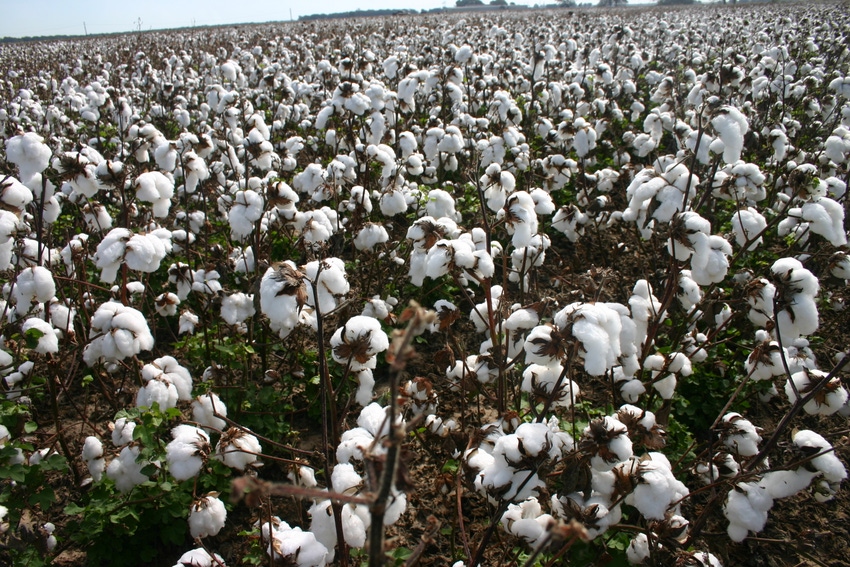
Under an all-too-common ominous sky in late September, Bill Robertson has just finished checking a cotton field and is now driving to another.
“Thinking back on the growing season, April was just cold,” says the Arkansas Extension cotton specialist. “I don’t think we got the right conditions to plant cotton until the last two or three days in April.”
Then, the whole month of May flipped the script.
“I remember hearing a weatherman out of Little Rock saying every day that month had above average temperatures. When it got right to plant, it stayed right. As a result, cotton came up and didn’t look back.
“Normally, to get to first flower it takes around 60 days. But because we didn’t have any lag in May, some cotton hit that point in 52 to 55 days.”
Weeds
Everything on the farm now revolves around managing pigweed, says Robertson.
“When we got into June and it was dry, some farmers were in a dilemma. They didn’t want to lay polypipe and start an irrigation program until past lay-by.
“I don’t want to lay polypipe and then have to drive over it when doing my spraying program. That pokes a bunch of holes in the pipe and makes a mess. So, irrigation started a little later ��— especially in the later-planted cotton. The earlier-planted cotton took the dry June better.”
Once irrigation programs were started, things took another fortuitous turn. Generally, from first flower to cut-out “we like to have three weeks of rain. And we got those three weeks.”
One field Robertson worked “from the date of first flower to cut-out was three weeks exactly. That cotton cut 1,850 pounds.”
Optimism
“I think everyone is pretty optimistic about their cotton — at least they were until the rains started rolling in. We have a tremendous top crop on this cotton. There are big, nice bolls throughout the plant, a good middle crop and there are a lot of plants leaning over.”
For September, the USDA’s National Agriculture Statistics Service “bumped Arkansas up to 1,150 pounds for a projected average. They have us at 485,000 acres. If all that holds, it would be second place behind last year in terms of lint yield per acre.”
The biggest spoiler could be rain.
“At my house, I’ve gotten almost 7 inches of rain. Most of the farmers I’m visiting have had 3 to 5 inches. I think our saving grace, so far, has been there hasn’t been a lot of wind with the rain.
“I haven’t seen much cotton on the ground. It’s just wet and looks bad. When cotton is nice and open and then gets wet it looks like a drowned rat — and that’s what it looks like. But it isn’t on the ground and just needs some sunshine to help it fluff back out and dry down.”
The forecast for the first week of October may not provide such conditions.
“They’re talking about more rain rolling in. Farmers know that and I know some folks who were planning to put a picker in the field this afternoon. But they got a drizzly shower this morning so there’s no picking today.
“It looks like we’re just going to have to pick around the weather. We don’t like to do that but may have no choice — that’s not anything weird for the Delta.”
And preparations for 2019 are already starting. “A lot of growers are making variety choices. As soon as we can get some of our variety data put together, we’ll post it and help folks make well-informed decisions.”
About the Author(s)
You May Also Like




